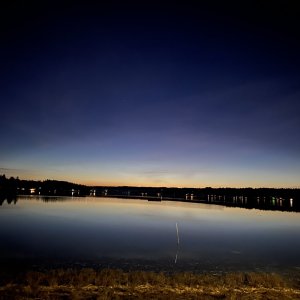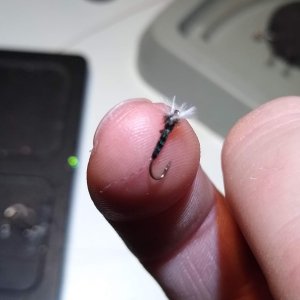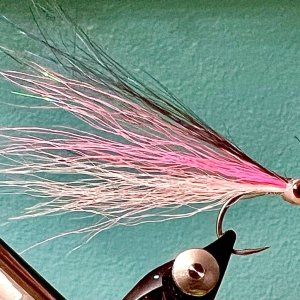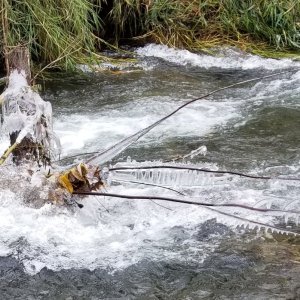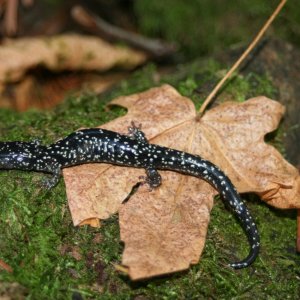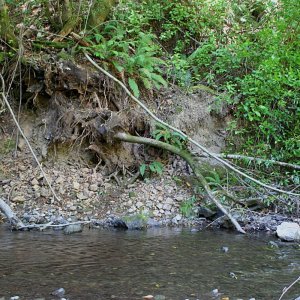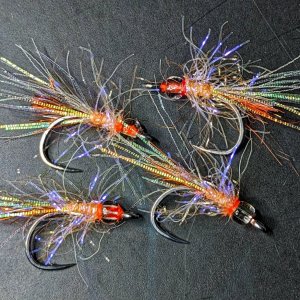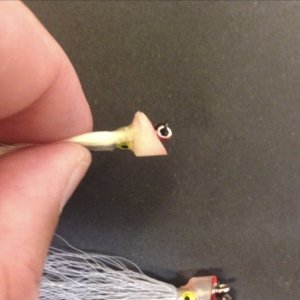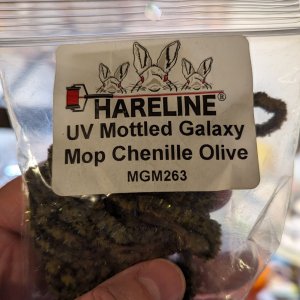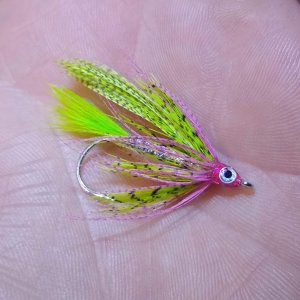Flymph
Steelhead
With the adoption of a new constitution in 2008 under president Rafael Correa, Ecuador became the first country in the world to enshrine a set of codified Rights of Nature and to inform a more clarified content to those rights. Articles 10 and 71–74 of the Ecuadorian Constitution recognize the inalienable rights of ecosystems to exist and flourish, give people the authority to petition on the behalf of nature, and requires the government to remedy violations of these rights. New Zealand and Bolivia have enacted somewhat similar legislations.
Simply said, the Skagit river should have its own rights recognized by "ALL". Fighting and blaming each other for the plight of the Steelhead seems counter productive and hasn't provided any positive outcomes.
Just saying, maybe it's time for a different approach if we really want to save such a valuable resource!
Simply said, the Skagit river should have its own rights recognized by "ALL". Fighting and blaming each other for the plight of the Steelhead seems counter productive and hasn't provided any positive outcomes.
Just saying, maybe it's time for a different approach if we really want to save such a valuable resource!


